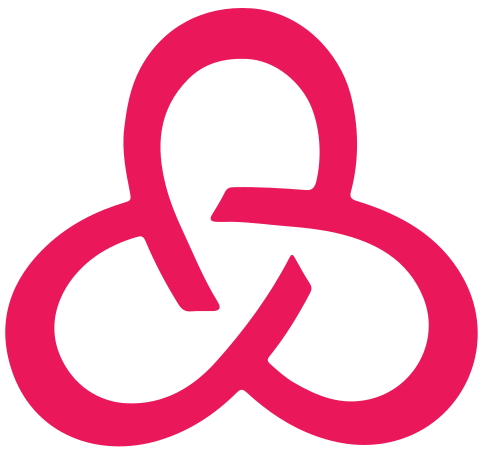511 reads
The Future of Remote Work with Web 3
by
April 15th, 2022
Audio Presented by

Running Remote is the premier event & an exclusive community for the CEOs of remote businesses.
About Author
Running Remote is the premier event & an exclusive community for the CEOs of remote businesses.
Comments
TOPICS
Related Stories
79 Stories To Learn About Daos
Oct 10, 2023